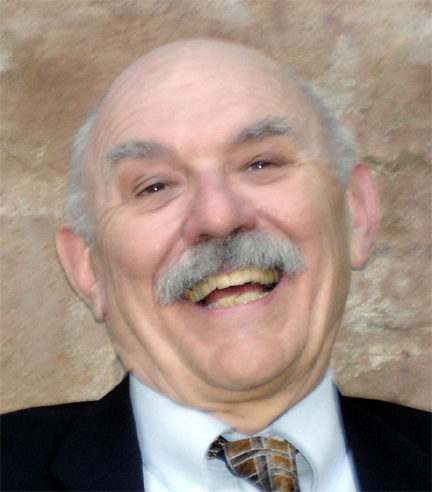Facilitating situation-as-a-whole thinking using visual language to deal with social messes
May 14th, 2013

About
Robert E. Horn presents his perspective and research at Stanford University in visual language - Tuesday May 14th, 10am
New visualization methods can help address the complex difficulties of dealing with social messes (also known as “ill-structured” or “wicked” problems). Social messes are more than problems. They are very complicated and complex; they are ambiguous; they are bounded by great constraints and are tightly interconnected, economically, socially, politically, and technologically; they are seen differently from different points of views and worldviews; they contain many value conflicts; and they are often a-logical or illogical. In short, they characterize most of the major issues human civilization faces.
Our project at Stanford University has been helping task forces address such difficult problems by developing novel group processes supported by new visualization methods. Some of the issues these new methods address are: severe limitations of ordinary prose documents to communicate complex subject matter; the necessity to help groups create common mental models; and the need to show context and multiple views. Sometimes called “info-murals,” they provide the visual scaffolding for thinking bigger thoughts. They reveal new and novel patterns. They function often to reframe interpretation. They provide an essential tool for “anticipatory intelligence” in the 21st century.
BIO
As a futurist and strategist, Bob Horn has worked extensively with task forces to create scenarios, strategic plans, and organizations that can execute them. His specialty has been helping task forces work on social messes (also known as wicked problems). He is specially know for presenting his results in the form of large information murals or large visual posters, that enable the groups to see both the big picture as well as to examine, on the computer, details from multiple points of view. He has worked with strategic planning on nuclear waste disposal (for the UK’s government agency); climate change and energy security issues for the UK Foreign Office. In many of these engagements, he has created a form of mural that portrays the strategic context and future scenarios, the current decision-making issues, and the crucial interaction of the private and public sectors. He recently finished a 4 x 14 foot info-mural for the World Business Council on Sustainable Development task force - Vision 2050 that covers 40-years and contains 350 milestones. He has innovated a new facilitated process that enables multidisciplinary task forces to better deal with so-called wicked problems. He calls this work the “mapping of social messes.”
Horn pioneered the exploration and use of visual language (the tight integration of words and visual elements). He says in the subtitle of his book Visual Language (1998), that this phenomenon is becoming a new form of “global communication for the 21st century.” His previous book Mapping Hypertext (1989) is about the possibilities of the world wide web before the www existed.
He has taught at Harvard and Columbia universities. He is currently a visiting scholar at Stanford University. His consulting clients have included the Alberta Department of the Environment, Foresight Canada, International Futures Forum, Boeing, AT&T, HP, NASA, Oxford University. He is a fellow of the World Academy of Art and Science.